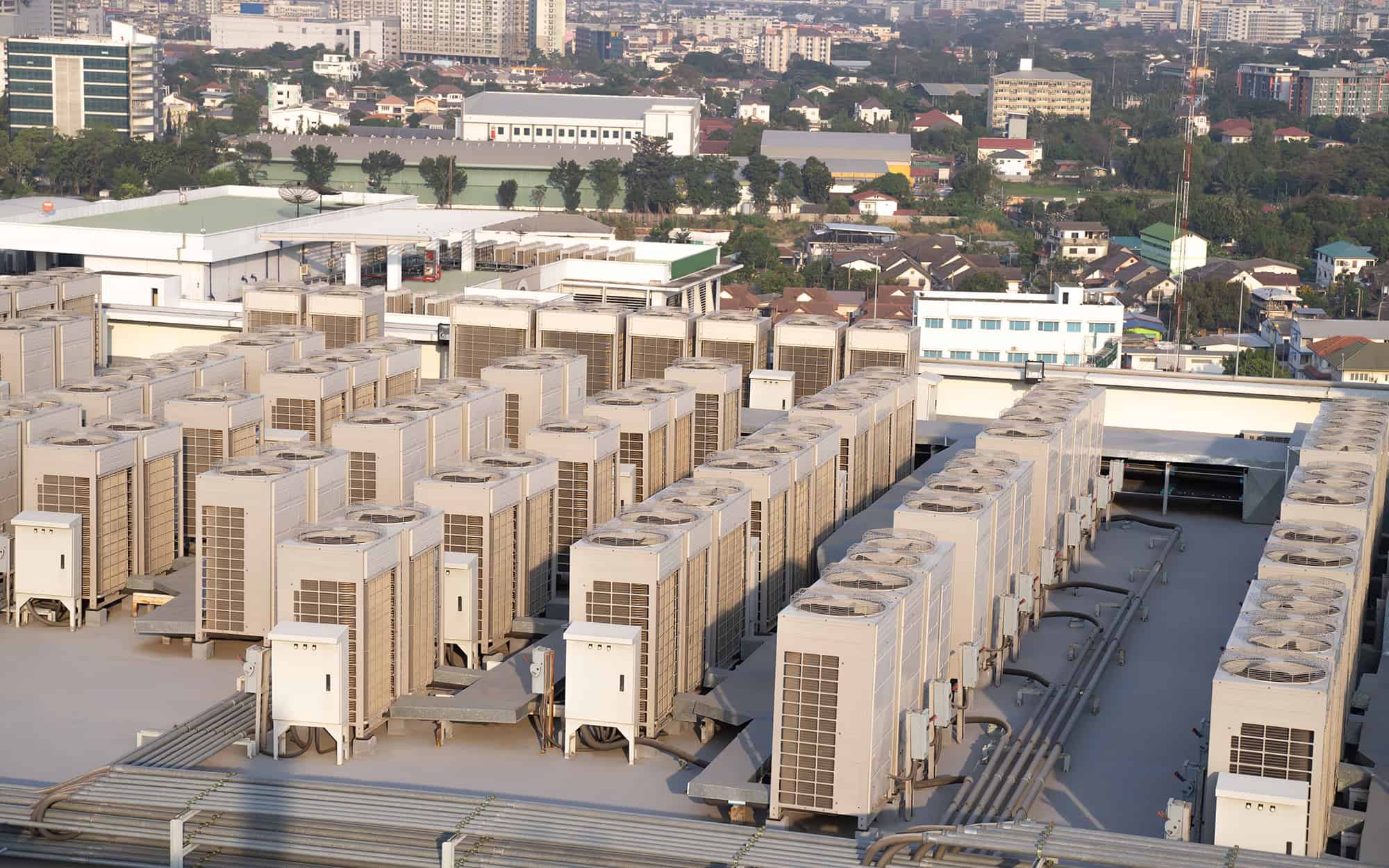
When you’re managing a high rise commercial building, particularly in a bustling metropolis like NYC, maintaining consistent comfort across all floors is not just a luxury, but a necessity.
Given the various factors that can affect indoor temperatures, such as sunlight exposure, wind direction, and occupancy, it’s no surprise that managing HVAC systems in high rise buildings is challenging.
This article will guide you through the do’s and don’ts of high rise HVAC systems to ensure optimal comfort for everyone.
The Challenge of HVAC in High Rise Buildings
The unique challenge of an HVAC system in a high rise building lies in the orientation and layout of the building. Different floors have different microclimates due to factors like sunlight exposure, outside temperature, and even the number of people on each floor. The top floor might be sweltering due to direct sunlight, while the ground floor might be considerably cooler.
High rise HVAC systems, particularly commercial HVAC NYC systems, need to contend with the city’s diverse weather conditions and must be capable of addressing many demands simultaneously.
Achieving a consistent temperature throughout a high rise commercial building requires understanding these challenges and implementing appropriate solutions. This means regular maintenance, the right system design, efficient zoning, and more—all of which we’ll cover in the following sections.
The Do’s of High Rise HVAC Systems
As you manage an HVAC system in a high rise building, there are several key steps you should follow.
1. Regularly Maintain Your High Rise HVAC Systems
Regular maintenance is the backbone of any well-functioning HVAC system, and this holds true for high rise HVAC systems as well. Routine checkups keep your system running optimally and prevent unexpected breakdowns. Routine maintenance can also identify potential issues that might lead to inconsistent temperatures across your high rise commercial building.
2. Optimize System Design for High Rises
The design of the HVAC system plays a crucial role in its performance. The layout and design of the HVAC system in your high rise building should be optimized for its unique needs. For instance, using smaller units instead of a single large unit can provide better control over different zones in your building, contributing to a more consistent temperature.
3. Use Zoning Systems
Zoning systems can be a game-changer for managing temperatures in a high rise commercial building. This system divides your building into different zones, each with its own thermostat. This means you can customize the temperature for each zone, maintaining a consistent temperature across all floors.
4. Regularly Update Insulation and Seal Leaks
Proper insulation and sealing of leaks can make a significant difference in maintaining consistent temperatures. If your building’s insulation is outdated or has any leaks, it can lead to heat loss or gain, causing temperature fluctuations. Regularly check and update the insulation and seal any leaks to ensure a more stable temperature throughout your commercial HVAC NYC high rise.
The Don’ts of High Rise HVAC Systems
In managing an HVAC system in a high rise building, there are also some pitfalls you should avoid, including:
1. Don’t Neglect Regular Air Filter Replacement
The air filters in high rise HVAC systems play a pivotal role in maintaining system performance and indoor air quality. Neglecting to replace these filters regularly can not only lead to a decrease in air quality, but can also cause temperature inconsistencies throughout your high rise commercial building. Regular replacement of air filters is a simple yet effective step in managing your HVAC system.
2. Don’t Overlook the Impact of Building Occupancy
The number of people occupying a space can significantly impact the load on your HVAC system. Overlooking this can lead to inefficiencies and temperature inconsistencies across floors. It’s crucial to consider occupancy rates when adjusting your HVAC settings and scheduling maintenance for your commercial HVAC NYC system.
3. Don’t Ignore Tenant Feedback
The occupants of your high rise commercial building can provide valuable insight into how your HVAC system is performing. If tenants are consistently reporting that certain areas are too hot or too cold, it could indicate an issue with your HVAC system that needs to be addressed. Ignoring this feedback can lead to ongoing temperature issues and unhappy occupants.
4. Don’t Delay Repairs
If there are issues with your high rise HVAC systems, you need to address them right away. Delaying repairs can exacerbate problems and cause further damage to your system. Regularly scheduled maintenance identifies issues early, allowing for timely repairs and consistent temperatures throughout your high rise commercial building.
REACT Industries: Construction and Design-Build Services
Navigating high rise HVAC systems can be challenging, but by adhering to the do’s and avoiding the don’ts outlined in this guide, you can significantly enhance the comfort and satisfaction of your building’s occupants. Remember, achieving a consistent temperature across all floors of your high rise commercial building is important.
At REACT Industries, our name represents our mission: we react to your specific needs and budget, providing custom solutions that make the most sense for your facility.
As your trusted mechanical contractor, we bring decades of industry experience to the table. We’ve tackled a myriad of issues, delivering superior HVAC systems built to last a lifetime. Our design team works diligently during the pre-planning stage to identify problems and proactively address them. We also provide construction design-build services, which includes high rise buildings.
So whether you’re looking to optimize your HVAC system or planning a new high rise project, REACT Industries is ready to assist. Don’t wait for issues to escalate.
Contact us today to learn more about how we can help you create a comfortable, consistent climate throughout your high rise commercial building.